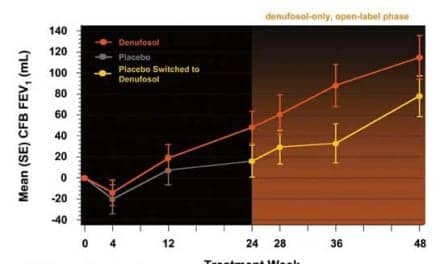Noninvasive ventilation was associated with increased intubation and death in critically ill immunocompromised patients with acute respiratory failure, according to a post-hoc analysis of data from a randomized trial published in The Lancet Respiratory Medicine.
Intubation rates in the immunocompromised patients receiving noninvasive ventilation were more than twice as high as those seen in patients receiving high-flow oxygen alone (65% versus 31%), and they were also higher than those seen in patients receiving standard oxygen therapy (43%).
The analysis is among the first to compare the non-invasive respiratory support therapies in immunocompromised patients with acute respiratory failure, and the findings favor the use of high-flow nasal cannula as a first-line therapy in this population, wrote researcher Jean-Pierre Frat, MD, of France’s University Hospital Center of Poitiers, and colleagues, in The Lancet Respiratory Medicine, published online.
“This subgroup analysis suggests that noninvasive ventilation might be associated with poor outcomes and should be used cautiously in immunocompromised patients with acute hypoxemic respiratory failure,” they wrote.
Noninvasive ventilation is used increasingly when treating critically ill patients with acute respiratory failure, but its efficacy has not been established for reducing intubation and death in immunocompromised patient populations.











I have been on this machine for 1 year sometimes during the day for 2 hrs. If not always at night from 4 to 6 hrs approximate. Seams to keep me from going to hospital in bad shape with carbon build up. My lungs are chronic been to Cleveland clinic to see if I could have lung transplant done Tech teams replied to high risk so no surgery.It’s been very scary and hard on me and family.Not knowing when I will go with the Lord.I have a nurse aide 3 x’s a week Nurse 1’x. My respiratory Doctor said he doesn’t know how I do it. He said there’s nonething else he can do. I believe God is my side amen.
Very interesting article regarding NIV! I’m looking forward to researchers identifying why this is.